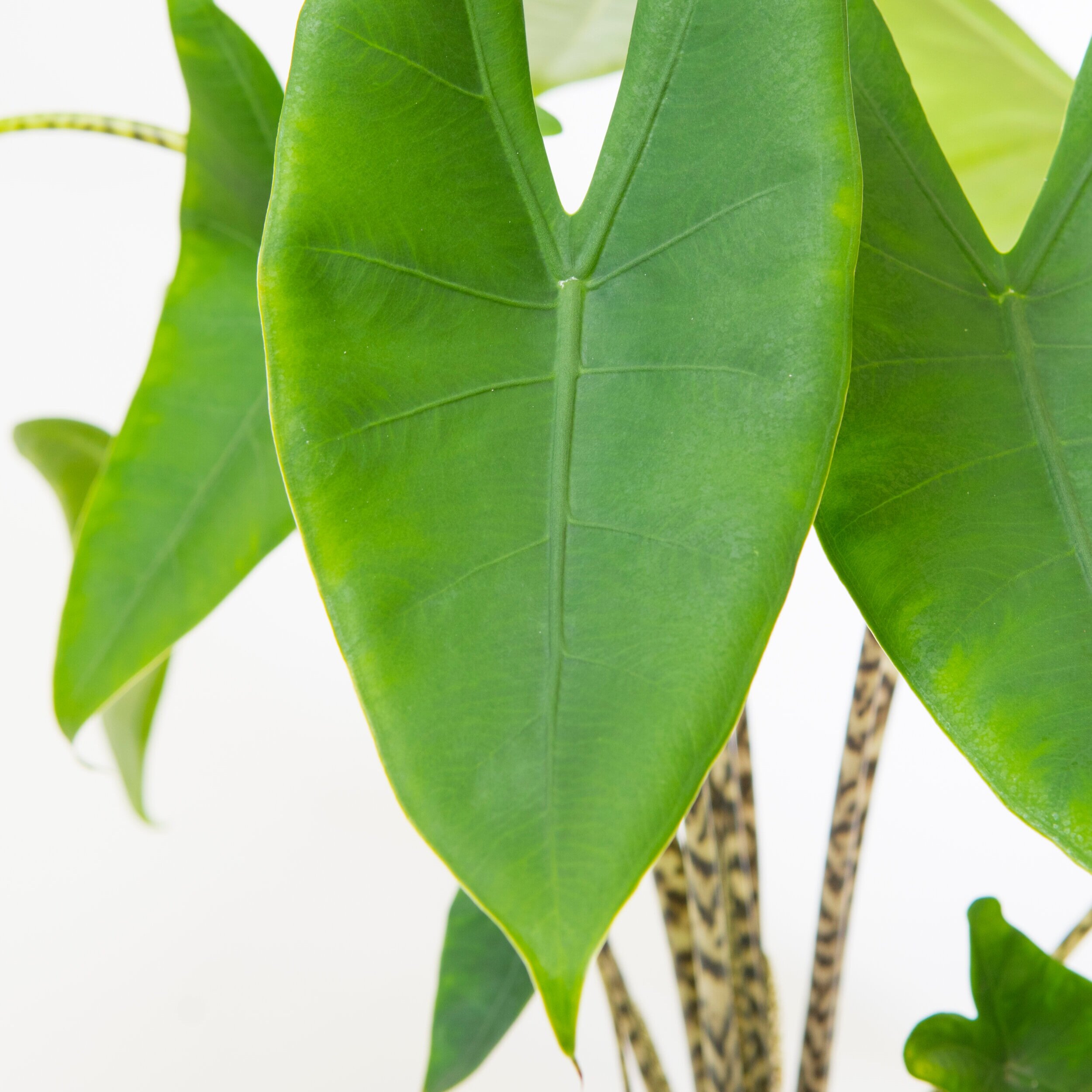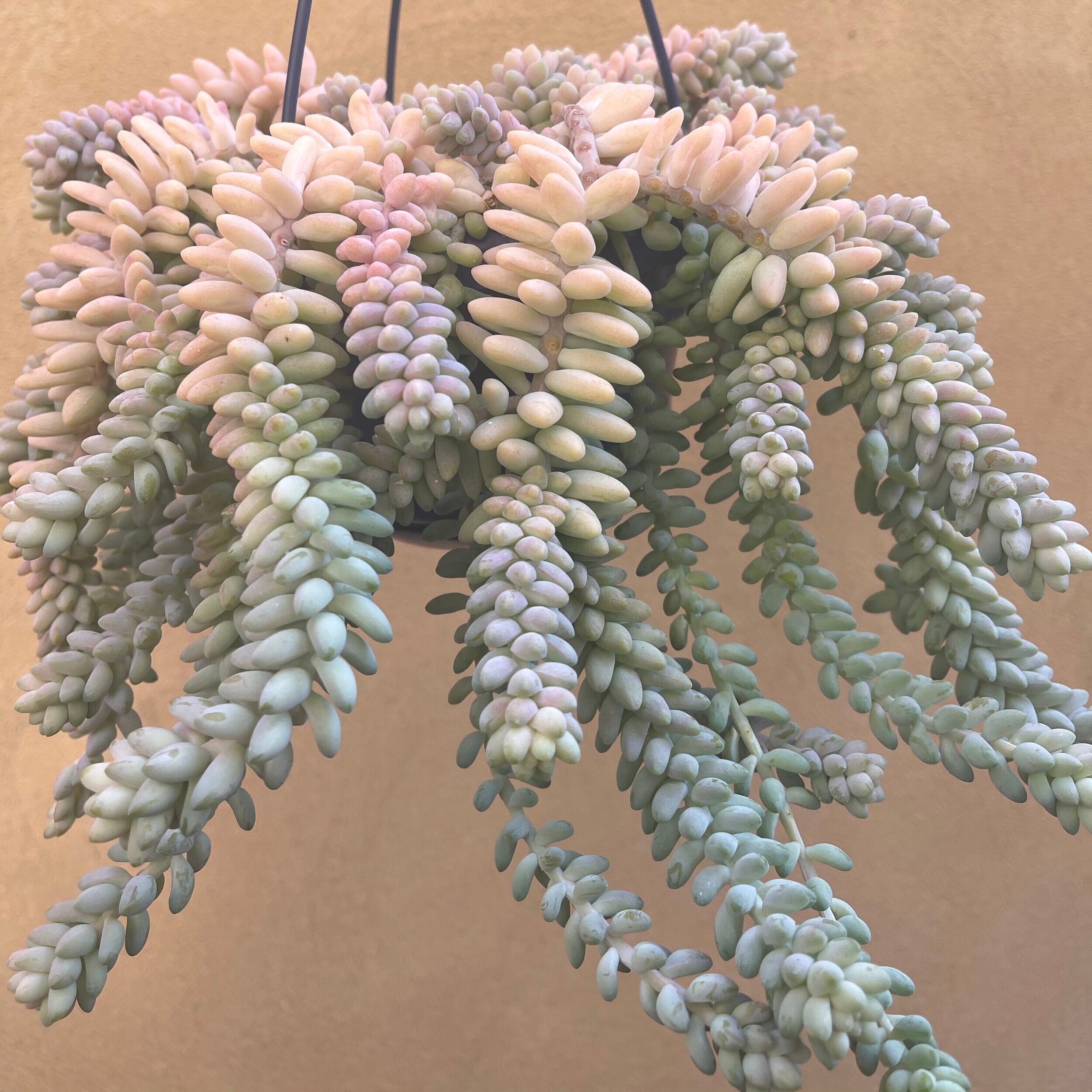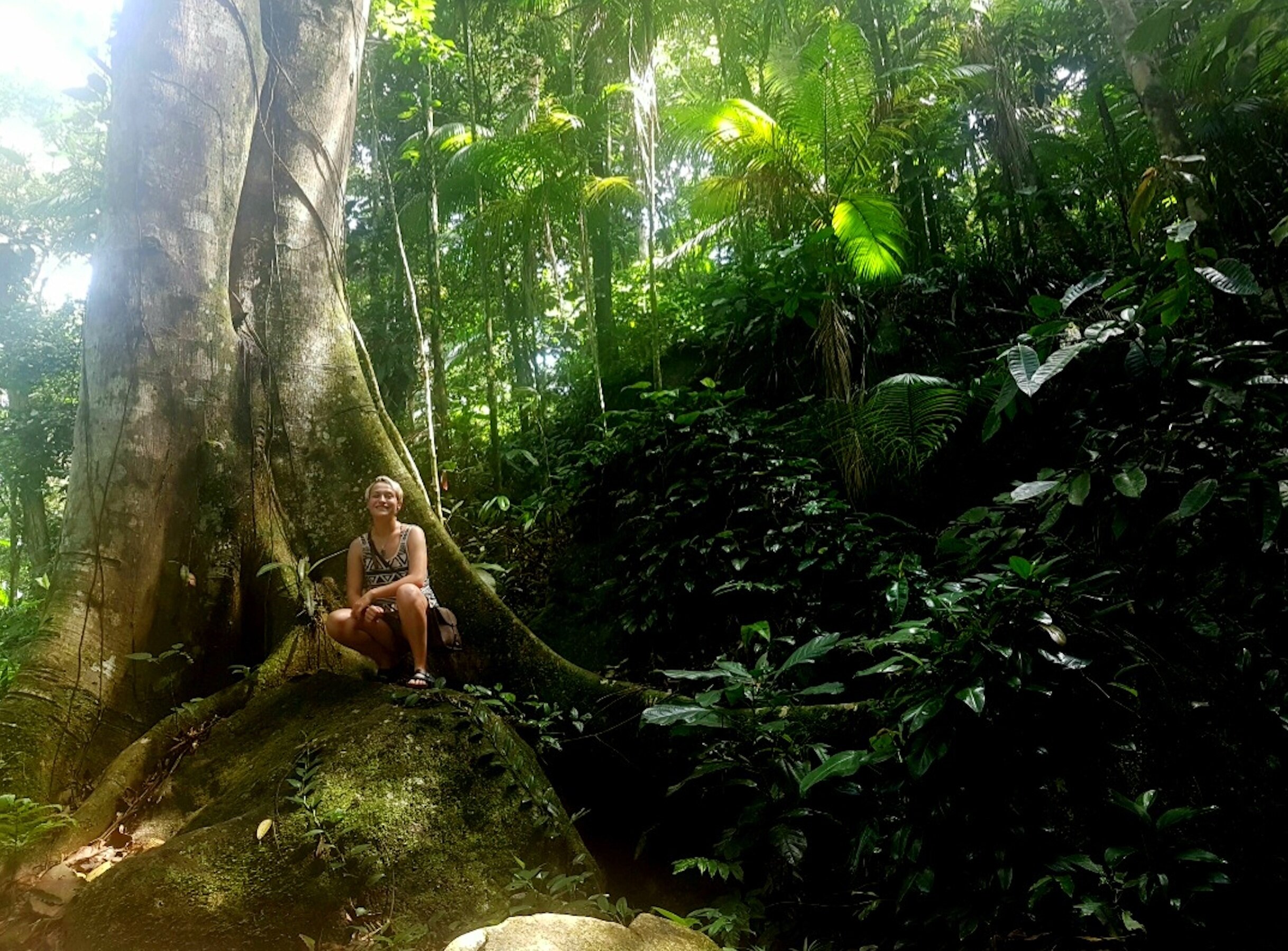We have long been fans of the family-run business Forest who have two fantastic plant shops in South East London, they have been trading at our markets since the very beginning and are a fountain of knowledge when it comes to all things plants. So it is no surprise that two of the family members behind Forest have written what we believe to be a future classic book for anyone seeking the best plant care knowledge.
The Green Indoors draws on Alice & Maddie’s horticultural heritage and lifelong interest in plants and plant care. We hear from the authors in this special Q&A…
Forest in East Dulwich
You are from a family of horticulturalists; can you tell us a bit about your family's love of horticulture and how you came to write this book
It all started with our Opa (Grandad) and his family who had a small farm in Holland. He moved to the UK in his early twenties and began working for a cut flower nursery where he developed his horticultural interest further, before eventually taking over and expanding the nurseries and his passion for growing. Our Mum grew up working at the Nursery which led her on to study at horticultural college in Wales. As part of her course she studied floristry - she developed an interest and eventually started her own cut flower business which, as it grew, allowed for Forest to be born. Alice, who had started working at the flower shop, helped to develop Forest into what it is today, whilst Maddie completed her own studies in Horticulture before joining the business and helping in its continued growth.
Whilst working at the shops, we found that one of the most common customer queries was why, after having followed strict care instructions, houseplants were still suffering in their space.
We realised that although many houseplant lovers knew plenty about their plants, not many people were aware of how unique home environments might have an effect on their plants. We decided to write The Green Indoors so we could give a definitive guide to customers and houseplant lovers about the importance of mimicking a plant's natural environment in your home.
Maddie at Forest, East Dulwich
What is it about houseplants that you love so much?
So many people spend a lot of time on their gardens, but this isn’t possible for everyone. If you live in a flat, or don’t have much space outdoors to garden, it’s nice to be able to bring greenery into your home. Not only do houseplants improve your home environment aesthetically, but they also improve your well-being. Far from just a hobby for most, tending to, and nurturing plants in your home helps to have more respect and love for all aspects of nature and the natural world. It makes us more patient in a world where so many things come instantaneously - it takes time and a lot of love to grow houseplants, and there is always something new to learn.
Begonia maculata from Forest
Do you have the same love for outdoor garden plants?
Maddie: Definitely! As someone who studied horticulture my initial focus was on outdoor plants. I learned a lot, and developed a deep respect for all aspects of horticulture - but still I felt fascinated by the idea of houseplants, where they came from and how they worked. While working at forest, I also worked as a gardener for a few years, where I learned a lot about different plants and styles of gardening, and used my own garden to experiment on seed-sowing, growing vegetables and designing borders and beds to coexist with nature and wildlife, whilst having something beautiful to look at throughout the seasons. My mum instilled a deep love for all things plant-related, especially gardening and flowers. I will always love outdoor plants, visiting gardens and gardening, but houseplants, carnivorous plants, poisonous plants and exotic specimens have my endless curiosity, they fuel my need to learn more about the natural world.
Your book starts with stating the importance of understanding and trying to mimic the native environment a plant comes from. Would you say this is the golden rule to houseplant care?
Yes and no! It’s definitely not the only important aspect when growing houseplants, but it is certainly the best place to start. If you understand where your plant has come from, it makes all other aspects of plant care much, much easier to master. So often customers ask us why their succulent kept in a dark bathroom is dying, or why their tender tropical plant kept on a south facing windowsill is drying out and going crispy! The problem is not obvious until you consider the environment these plants are most familiar with; humidity and light levels, moisture in the soil, nutrients etc... Desert plants like lots of light, warmth and like to be kept dry, much like they would in the desert.
Cacti being desert dwellers like a bright south-facing window and very little water
If recreating the conditions they naturally grow in at home is your number one priority, you’re much less likely to have to deal with mishaps that result from improper care, like fungus gnats, diseases and other ailments; minor mishaps are much easier to diagnose and recover from. We always recommend that people consider their home environment before buying plants - the team at your local houseplant shop will be able to point you in the right direction from there!
What is your next top tip for successful plant parenting?
Our next tip is also down to the plant's natural environment, but is perhaps more useful for keeping the plants you already own in top condition rather than what to go for when buying new ones. We’ve written a section in the book about how to recognise which environment your plant comes from by its physical features, think hairy leaves, a powdery surface, or broad foliage. Figuring out where they come from by their appearance will allow you to take into consideration how much water or light they might need. Generally keeping an eye on it’s appearance will also help you to see if it’s doing well or not. Got a plant with broad leaves but all its new shoots are small? Perhaps it needs moving to somewhere more suitable to its needs. Same goes if the powdery leaves have lost their powder, or furry stems have become smooth. All of these things will be because it needs a slight adjustment in care/location.
Observe your plants all the time! Look out for symptoms, signs, and learn to understand what your plants need by getting to know their visual cues.
Use The Green Indoors to recognise which features of your plant hint to the environment it will thrive in
You have both travelled lots to some exciting places around the world, where was the place that you found most inspiring in terms of the native plants and their habitat? And what was it about that place or plants that you liked so much?
Maddie: Brazil was the trip of a lifetime for me when it comes to plant life! So many species I’ve studied through the years are native to the tropics of South America, so it was amazing seeing them all growing in situ. I learned so much about their environment, and observing the synergy between the plant life, animal life and even the geological impacts on plant life was really eye-opening. It also really helped to understand growth habits. I had no idea some house plants could grow to be so big in the wild! I spent a lot of time there hiking around taking photographs and making notes about each type of plant and how it grew, where it grew, and what other plant and animal life surrounded it. I felt like a true explorer! And fulfilled some childhood dreams of trekking through the rainforest looking at spiders and ants and plants.
Norway was another interesting trip in terms of plant life. I wasn’t expecting to experience as much of it while I was hiking around, especially since we were in the arctic circle. I encountered some incredible species of mosses, lichens, shrubs and hardy trees. It really did solidify the idea that plant life can be extremely resilient! And with the right evolutionary adaptations, plants can not only survive, but thrive in such a difficult environment.
Do you have a particular plant that you are most proud of or holds the most sentimental meaning to you?
Alice: The plant in my collection that holds the most sentimental value, and also one I’m very proud of, is my Sansevieria. It was my first ever houseplant and has been with me since I first moved out of my parents house. It’s in such a happy spot and has grown ridiculous amounts since I first got it as a palm sized plant - it’s about half my height now! It flowers every year (I hadn’t even realised they flowered until they appeared on my Sansevieria) and I have propagated it so many times that my Sansevieria collection now stands at about 7, not including all the cuttings that were gifted to my friends and family. Although it’s not often considered a prized plant, it’s definitely one that gives me a lot of joy!
What is the plant that has been on your wish list for the longest? What is it about that particular plant that intrigues you?
Maddie: I have always been intrigued by Begonia pavonina AKA the peacock begonia. It’s so beautiful and it’s sparkling, iridescent blue leaves occur completely naturally! It has iridescent leaves due to the way its light absorbing cells are stacked, causing light interference and creating a rainbow shimmer on the leaves; a bit like the way an oil spill on a puddle shimmers when you look at it from a certain angle. And it’s leaves appear to us as blue because the plant absorbs green light, and reflects blue, as opposed to reflecting green light and absorbing blue, as most other plants do.
As a fellow sister-duo we are interested to know how you found the process of writing the book together. Do you each have certain strengths that you drew upon?
We felt the book quite naturally fell into chapters that reflected our separate strengths, and luckily for us the workload seemed to be divided quite evenly(!), so we tackled chapters separately and came together at the end to read over each other's work, exchange further ideas, and write the joint sections. Although we had fairly separate areas to work on, we often wrote alongside each other and bounced ideas off one another so it felt very much like a joint project and creation. We can count the number of disagreements on one hand so we will count that as a success!
What is next for you both? Do you have other books you are thinking about writing or any other new ventures that you are able to share with us?
We have actually got another book in the works too! It’s called ‘The Hidden Histories of Houseplants’ and it tells the tales of plants we keep at home in the wild, how they came to be favourites in our homes, interesting adaptations and curious tales that we’ve discovered along the way. We’re really excited about this one too and can’t wait to share more about this with you in future! We are also exhibiting at Chelsea Flower Show later in the year for their first year including houseplants. There are some great independent businesses exhibiting alongside us and we are really excited to be a part of it.
The Green Indoors is due for release on 24th June and available for preorder now.
We recommend bookshop.org which supports local book shops.
Written by Alice & Maddie Bailey, published by Hardie Grant
Forest has two shops in South East London:
East Dulwich (Rear of 43 Lordship Lane, East Dulwich, SE22 8EW)
Deptford (Arch 4 Deptford Station, Deptford Market Yard, Deptford, SE8 4NS)
Alternatively shop Forest’s website with nationwide delivery










